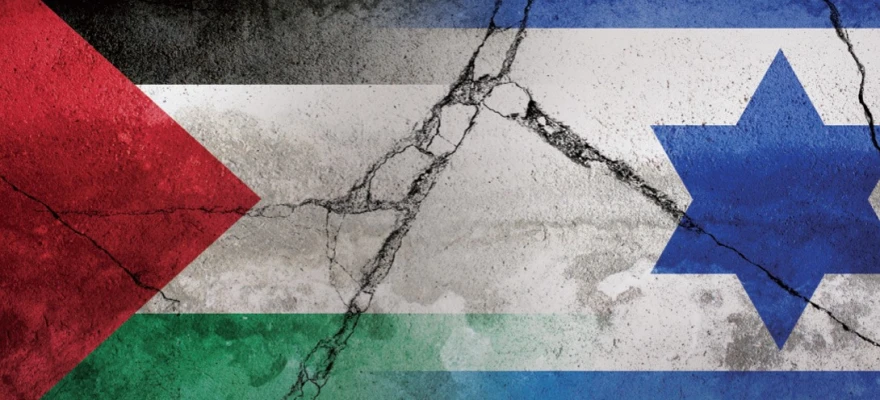The Israel-Palestine conflict is a complex and long-standing dispute that centres around competing claims to land and sovereignty as both Palestinians and Israelis claim historical and religious ties to the territory. The conflict has been ongoing for seven decades and its resolution is critical to achieving lasting peace and stability in the region. As of yet, transitional justice measures have been largely absent in resolving the conflict. There has been a particular focus in contemporary literature on the merits of establishing a truth commission which is a mechanism of restorative justice.
Continue reading




